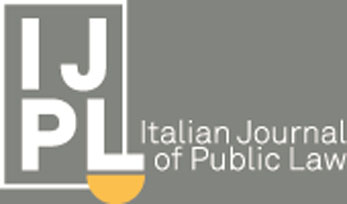Camilla Ramotti
Abstract
This paper examines how the use of algorithms in public decision-making affects administrative proceedings, particularly in relation to compliance with the principle of transparency. Algorithms, especially those based on machine learning, possess an inherent degree of opacity—linguistic, legal, and structural. Since these algorithms do not follow a predetermined logic but generate and create new pathways, they have often been described as black boxes, whose inner workings are difficult to discern.
Given this fundamental opacity, which makes the functioning of algorithms potentially knowable but not always comprehensible, it becomes evident that the right of access to source code alone is insufficient to ensure an adequate level of transparency. Considering these premises, and taking into account judicial and scholarly perspectives, this paper explores how the concept of transparency—hypothetically compatible with the use of algorithms in public decision-making—evolves in response to these challenges.
Table of Contents
- Introduction
- The Evolution of Transparency: From Official Secrecy to the Administration as a Glass House
- Algorithmic Transparency
- Traditional and Machine Learning Algorithms: The Problem of Black Boxes
- Access to Source Code: The Lack of Transparency
- Tax Algorithms: The Italian Case
- Conclusions
